
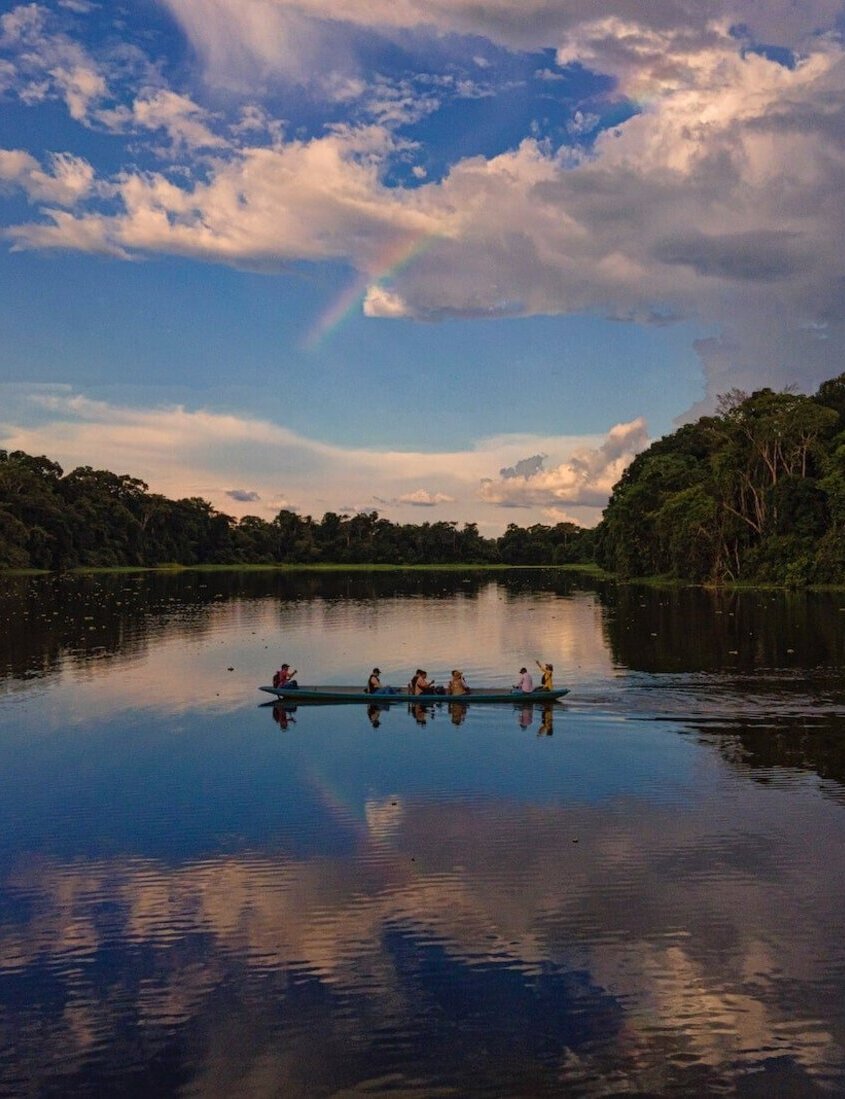

Embark on an unforgettable journey through the Amazon Rainforest, a biodiverse paradise and the “Lungs of the Earth.” Our guided tours take you deep into this mystical wonderland, where you can witness exotic animals and plants found nowhere else on the planet. Immerse yourself in the vibrant colors of exotic birds, the rustling of leaves as monkeys swing from tree to tree, and the mesmerizing sounds of nature. Discover the ancient knowledge and cultural traditions of the indigenous people who have lived in harmony with the Amazon for centuries. Join us and experience the awe-inspiring beauty of the Amazon.




 5 Stars - Based on 552 Client
Reviews
5 Stars - Based on 552 Client
Reviews

At Cusco Native, we ensure the best prices by operating locally without intermediaries. You can’t find the same itinerary with identical services at a lower price elsewhere.

Reserve your adventure with just a 25% deposit and pay the rest upon arrival in Peru. Postpone your trip for free up to 30 days before the start date!

Local Business

Sustainable

Small Groups

Experienced Team
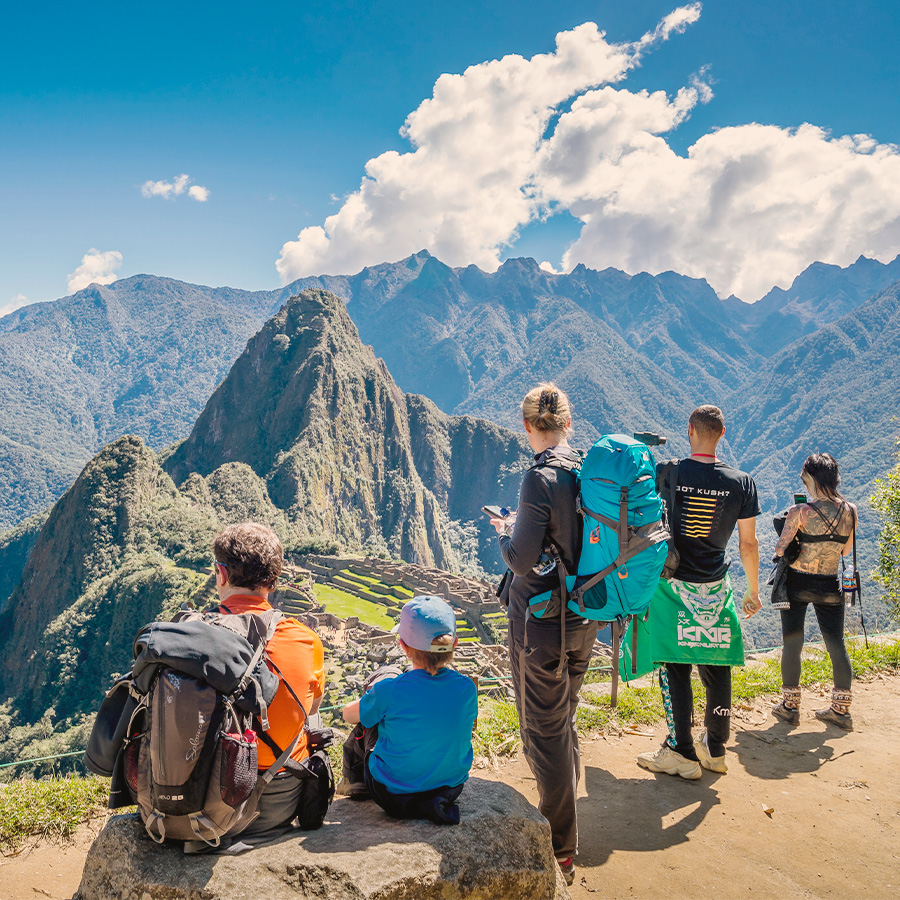
Didn't find the tour you were looking for? Don't worry! We are experts at building custom tours and treks in Cusco and throughout Peru. Just contact us, tell us about the tour you'd like and let us do the rest..
Welcome to the Peruvian Amazon, a land of dense rainforests, winding rivers, and vibrant cultures. This vast wilderness covers over 60% of Peru, and is home to an incredible array of plant and animal life, as well as numerous indigenous communities who have lived here for thousands of years. In this guide, we’ll take you on a journey through the Peruvian Amazon, showing you the best places to visit, the most exciting things to do, and the most important things to know before you go.nnDon’t miss the opportunity to immerse yourself in the natural beauty and cultural richness of the Amazon Rainforest, where you can witness exotic flora and fauna, explore winding rivers and lush rainforest trails, and learn about the traditions of indigenous communities firsthand. Book your visit today and experience the adventure of a lifetime.
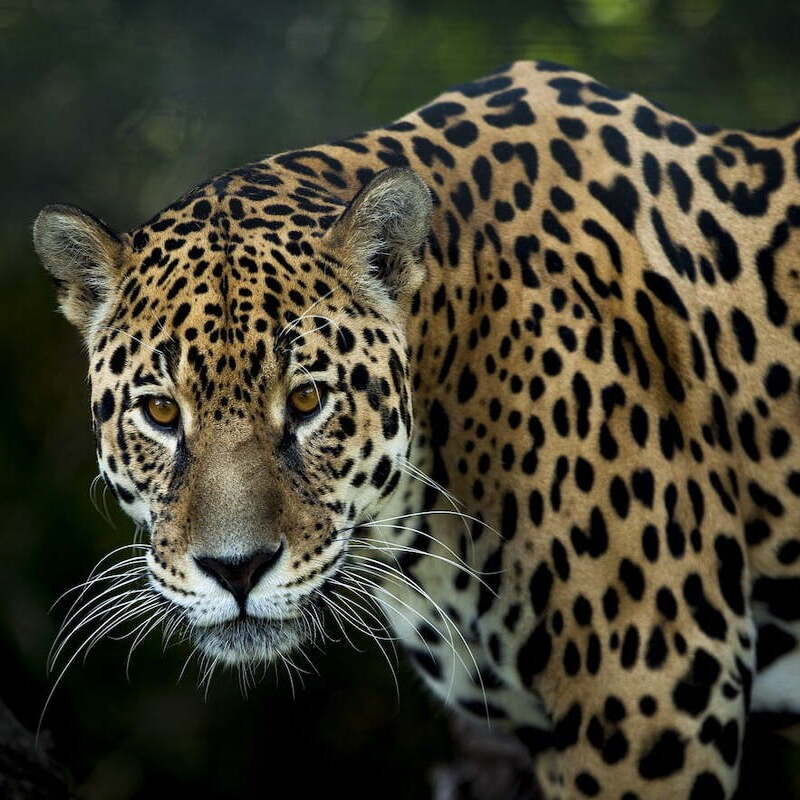
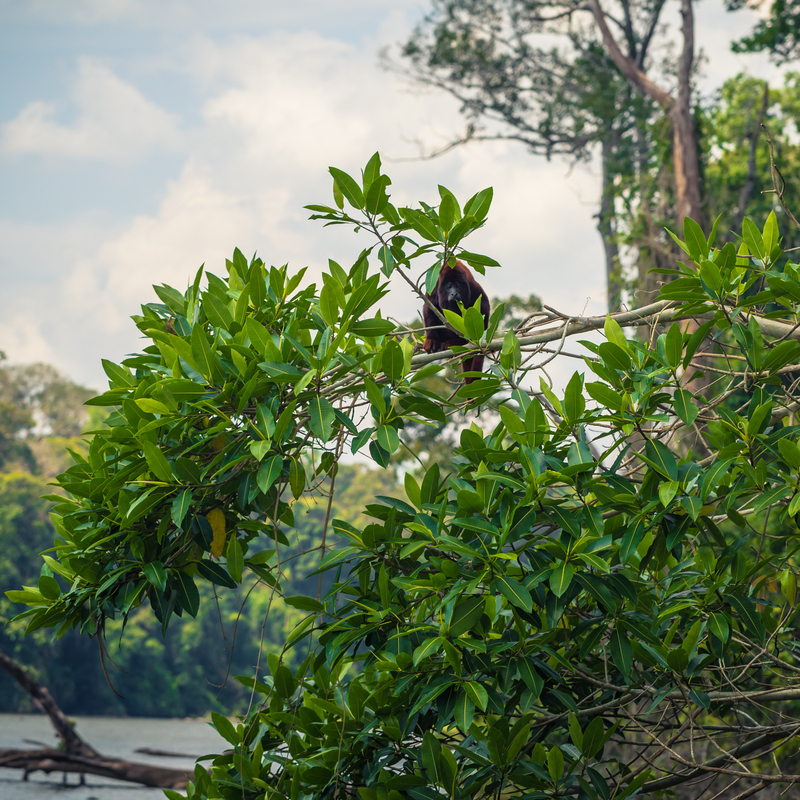
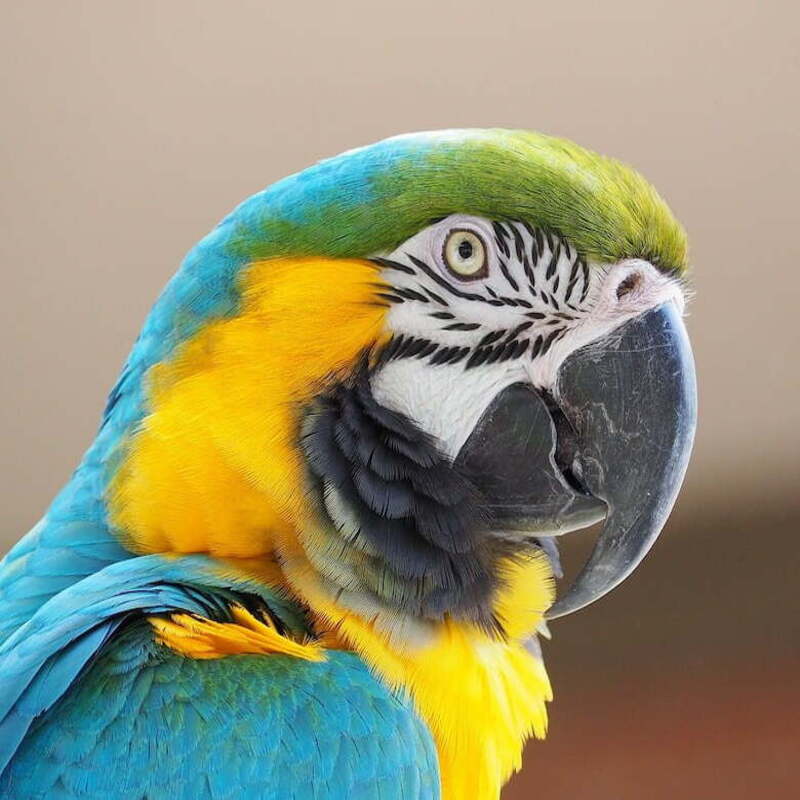
The Peruvian Amazon, also known as the Selva, is a vast and biodiverse region that covers over 60% of the country. It is home to a stunning array of flora and fauna, including jaguars, pink river dolphins, and thousands of species of plants and trees. The Amazon River, the second-longest river in the world, runs through the heart of the Peruvian Amazon, providing a lifeline for indigenous communities and a wealth of opportunities for adventure and exploration.
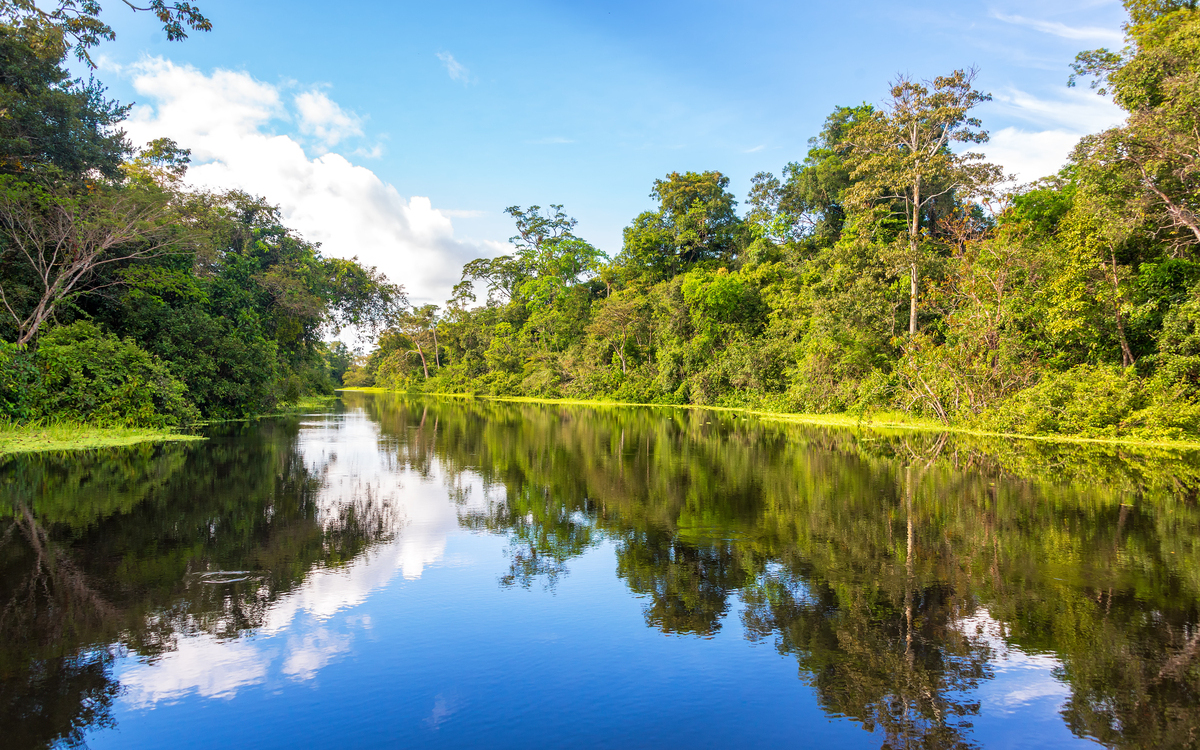
The climate in the Peruvian Amazon is hot and humid year-round, with temperatures averaging around 80-90°F (27-32°C). Rainfall is abundant, and the region experiences both a rainy season (December to May) and a dry season (June to November). Despite the weather, the Amazon remains a popular destination for eco-tourism, offering visitors the chance to experience the unique biodiversity of this vital ecosystem.nnWhen planning a trip to the Peruvian Amazon, it is important to consider the time of year, as well as factors like local festivals and wildlife activity. With proper planning and a willingness to embrace the unexpected, a trip to the Peruvian Amazon can be a truly unforgettable adventure.
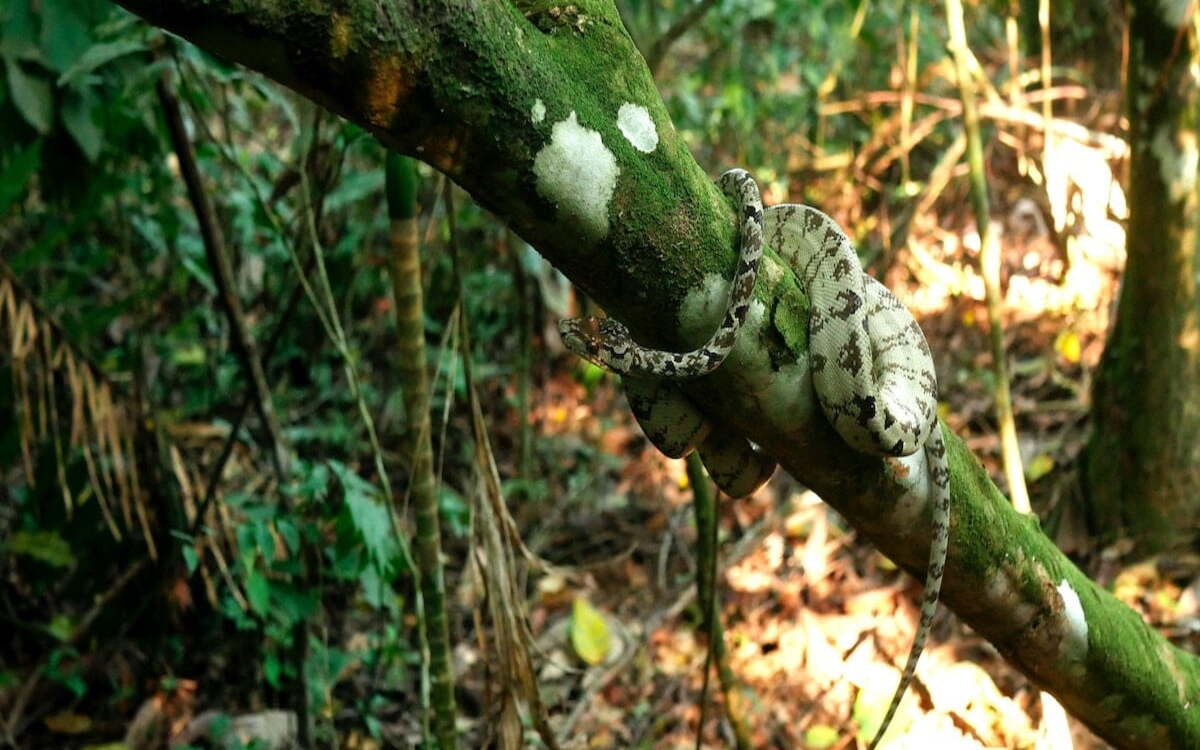
The best time to visit the Peruvian Amazon depends on your preferences and what you want to experience. The rainy season from December to May brings lush greenery, higher water levels, and more opportunities for exploring the rivers and tributaries. However, it also means more rain, humidity, and mosquitoes. The dry season from June to November brings cooler temperatures, lower water levels, and better visibility for wildlife spotting. The shoulder months of May and November can offer the best of both worlds with fewer crowds and pleasant weather. Ultimately, the best time to visit depends on your priorities, but there’s no doubt that the Peruvian Amazon is a year-round destination worth exploring.
The history of the Peruvian Amazon spans back thousands of years and has been shaped by the region’s natural resources, as well as its indigenous peoples and external influences. The Amazon rainforest was inhabited by various indigenous groups long before the arrival of the Spanish in the 16th century. These indigenous groups had complex societies and cultures, which were based on subsistence agriculture, hunting, and fishing. The Spanish colonization of Peru brought about significant changes to the Amazon region. The Spanish used the Amazon river as a means of transportation and began to exploit the region’s natural resources, particularly rubber, which led to the rise of the rubber boom in the late 19th and early 20th centuries. The exploitation of rubber brought wealth to a few, but also caused great suffering to the indigenous peoples of the region who were forced into slavery and subjected to horrific working conditions. In the 20th century, the Peruvian government recognized the importance of the Amazon region and established protected areas, including national parks and reserves, to conserve the region’s biodiversity and promote sustainable development. Today, the Peruvian Amazon is home to over 300,000 indigenous people who rely on the forest for their livelihoods and traditional practices. The region also continues to face threats from deforestation, mining, and other forms of industrial development. Despite these challenges, efforts are being made to protect and preserve the Peruvian Amazon for future generations.
The Amazon rainforest is a vast and diverse ecosystem, with a rich history of indigenous peoples and colonizers. Once inside the rainforest, visitors can explore a multitude of sights and experiences, including lush flora and fauna, remote villages, and unique cultural traditions. With so much to see and do, it’s important to plan your trip according to your interests and preferences. Contact our experts to design a custom Amazon rainforest tour that suits your needs and allows you to make the most of this awe-inspiring destination.
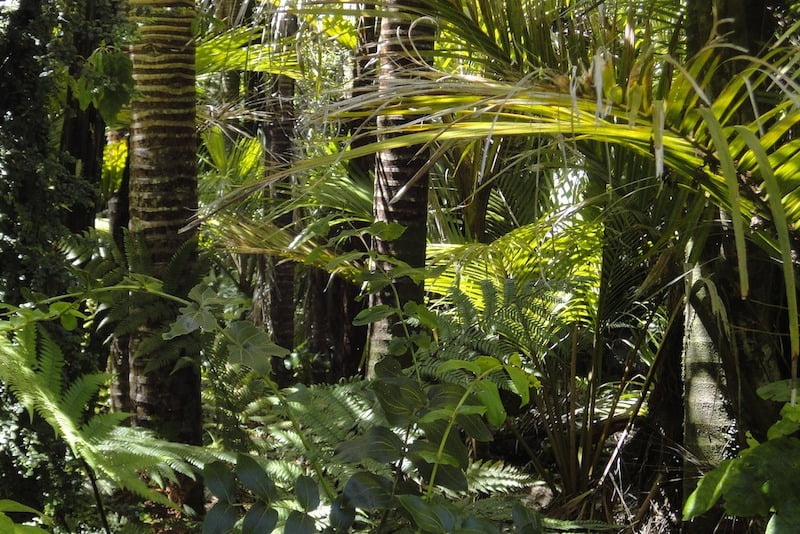
The rainforest is full of fascinating plants and animals, and there’s no better way to discover them than on foot. Many lodges offer guided hikes through the jungle, where you can see everything from monkeys and macaws to towering trees and hidden waterfalls.
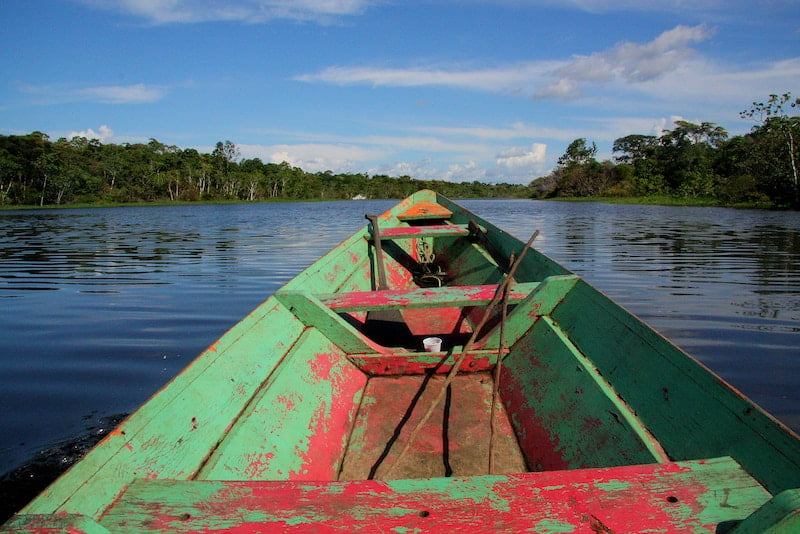
The rivers and tributaries of the Amazon are a great way to explore the rainforest from a different perspective. You can take a canoe trip down the Amazon River itself, or explore the smaller rivers and streams that wind through the jungle.
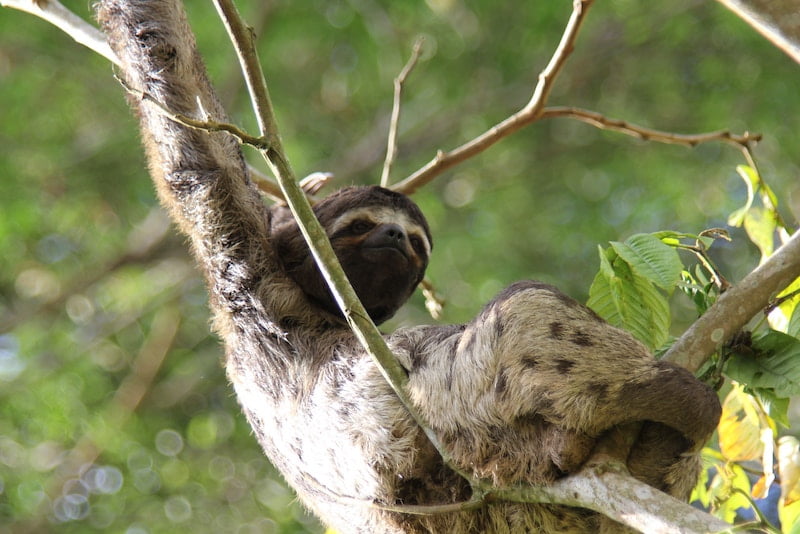
The Peruvian Amazon is home to an incredible variety of wildlife, including monkeys, sloths, jaguars, and countless species of birds. Many lodges offer guided wildlife watching tours, where you can spot these creatures in their natural habitat.
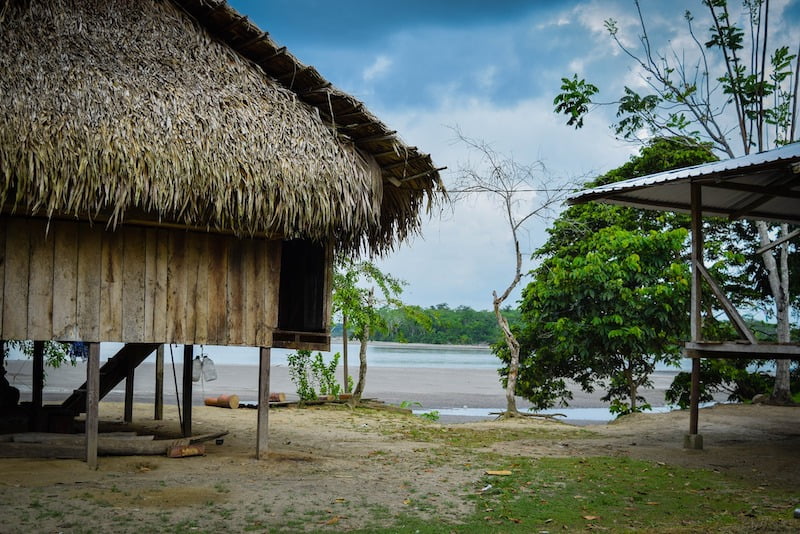
The Peruvian Amazon is home to numerous indigenous communities, many of whom have lived here for centuries.
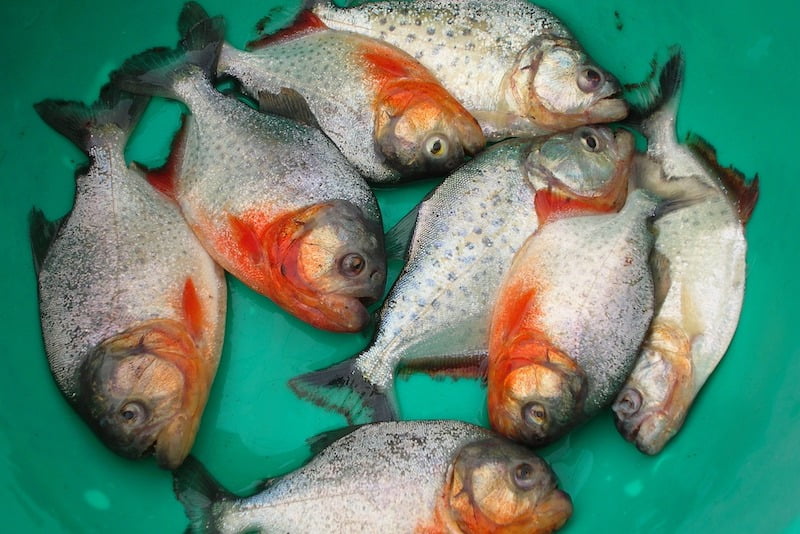
The rivers of the Amazon are teeming with fish, and fishing is a popular activity for both locals and visitors. You can try your hand at catching piranhas, catfish, and other species, and then enjoy a delicious fish dinner back at the lodge.
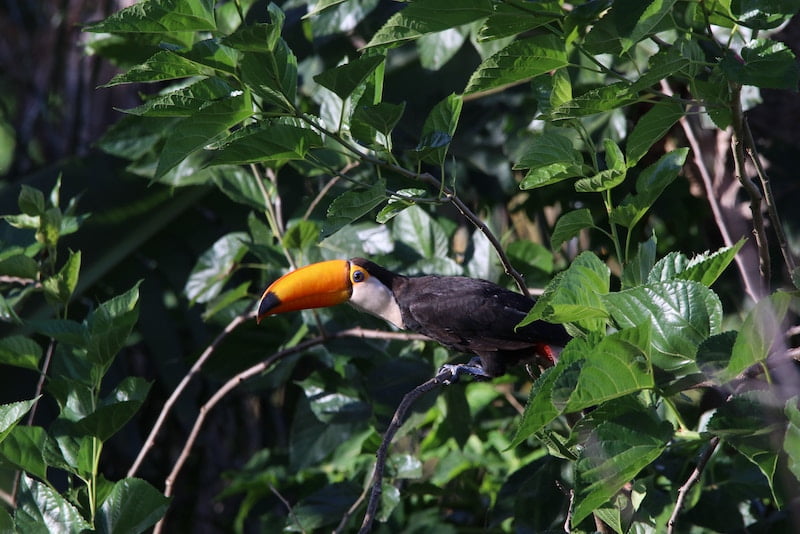
The Amazon rainforest is home to over 1,500 species of birds, making it a birdwatcher’s paradise. Spot macaws, toucans, and parrots among many other colorful species.
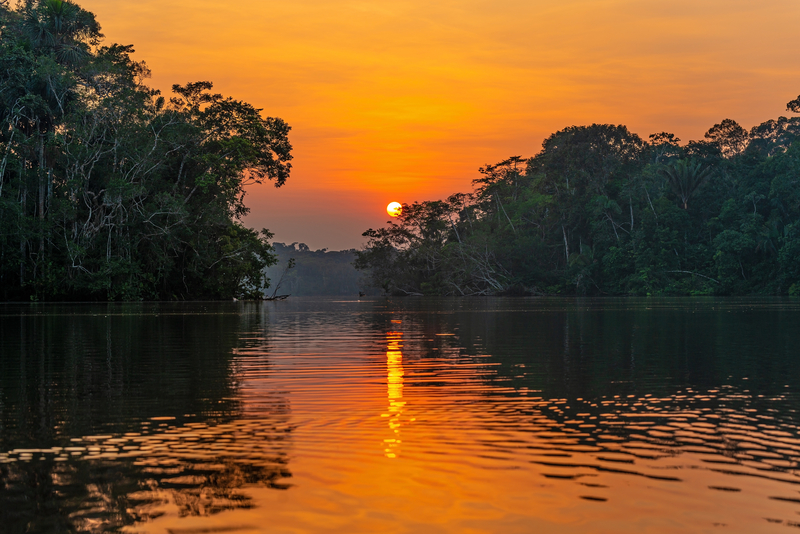
Be prepared for the climate:nThe Amazon rainforest is hot and humid, so pack light and breathable clothing that can withstand the moisture. You should also bring rain gear, as sudden showers are common.nnGet vaccinated:nSome vaccines are recommended for travelers to the Amazon rainforest, including yellow fever and malaria. Consult with your doctor or a travel health clinic before your trip.nnUse insect repellent:nThe Amazon rainforest is home to a variety of insects, including mosquitoes that can carry diseases like malaria and dengue fever. Use insect repellent and wear long-sleeved shirts and pants to reduce the risk of bites.
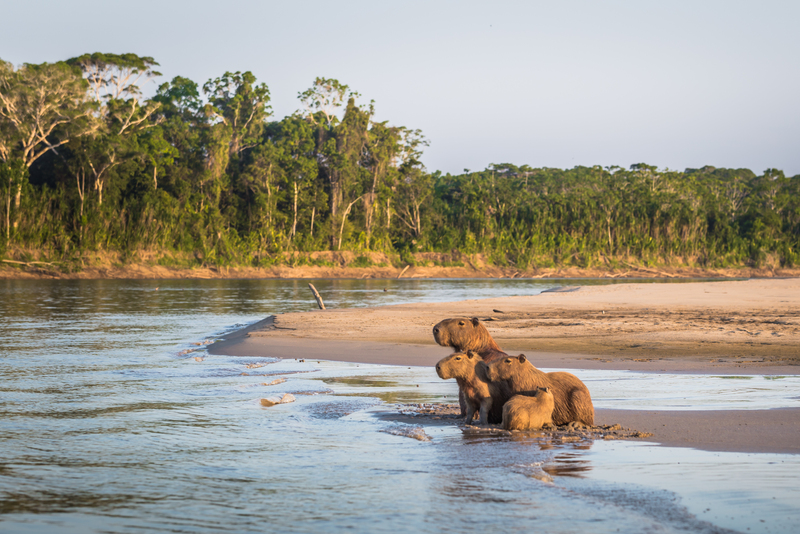
Follow local rules and guidelinesnMany parts of the Amazon rainforest are protected areas or are owned by indigenous communities. Respect their rules and guidelines to help preserve the environment and culture.nnHire a local guide:nThe Amazon rainforest is a vast and complex ecosystem that is best explored with the help of a knowledgeable guide. Local guides can provide insights into the flora, fauna, and cultural history of the region.nnPack light:nTraveling through the Amazon rainforest often requires transportation by small boats or hiking through dense vegetation. Pack light and only bring essentials to make transportation easier and more comfortable.
Make sure to consult this Amazon Rainforest packing list before your visit.
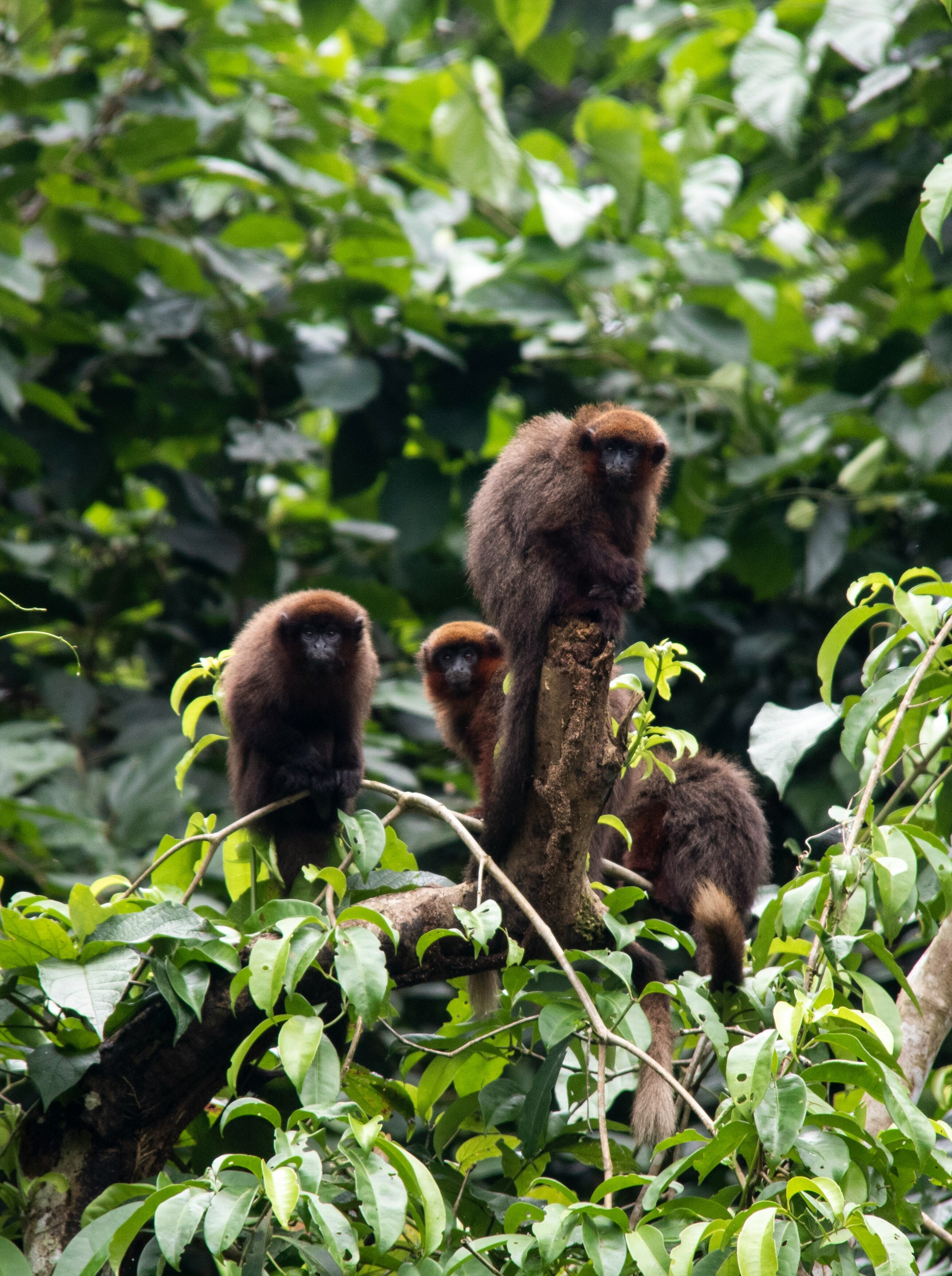
• Lightweight, breathable clothing: Pack lightweight, quick-drying clothes made of breathable materials like cotton, linen or synthetics. Avoid dark colors, as they tend to attract insects.nn• Rain gear: The Amazon rainforest is known for its rain, so pack a good quality rain jacket and waterproof pants to keep yourself dry.nn• Insect repellent: Bring insect repellent containing DEET to protect yourself from mosquitoes and other biting insects.nnSun protection: Pack a hat, sunglasses, and sunscreen with a high SPF to protect yourself from the sun.nn• Comfortable, sturdy shoes: Pack comfortable, closed-toe shoes with good traction for hiking and walking on uneven terrain.nn• First aid kit: Pack a small first aid kit with essentials such as band-aids, antiseptic cream, and pain relievers.nn• Headlamp or flashlight: A reliable source of light is essential for navigating the rainforest, especially at night.nn• Binoculars: Bring a good quality pair of binoculars to help you spot wildlife.nn• Waterproof bag: To protect your belongings from getting wet, pack a waterproof bag or dry bag.nn• Camera: The Amazon rainforest is a photographer’s paradise, so don’t forget to bring your camera and extra memory cards to capture your experiences.

Discover our latest blogs
Here are the answers to some of the most frequently asked questions about visiting the Amazon Rainforest:
If you are a citizen of the US, Canada, the UK, Australia, or many other countries, you do not need a visa to enter Peru for up to 183 days. However, it’s always a good idea to double-check current visa requirements before your trip.
The dry season, which runs from May to October, is generally considered the best time to visit. During this time, there is less rain and the weather is cooler and less humid. However, it’s important to note that even during the dry season, rain is still possible, so be sure to bring rain gear.
You should speak with a travel doctor or your regular physician about any necessary vaccinations or medications for your trip, as recommendations can vary based on your individual health history and the activities you have planned. However, some commonly recommended vaccinations for travel to the Amazon rainforest include yellow fever, hepatitis A and B, and typhoid.
While many activities in the Amazon rainforest require a good level of physical fitness, there are also plenty of options for visitors with different levels of ability. It’s important to discuss any mobility concerns with your tour operator before booking your trip to ensure that you can participate in the activities you are interested in.
It is generally not recommended to swim in the Amazon River due to the presence of dangerous wildlife, including piranhas and caimans. However, many lodges and tour operators offer swimming in smaller bodies of water that are safer for visitors.
Yes, insect repellent is essential for any trip to the Amazon rainforest. Mosquitoes and other insects can carry diseases such as malaria, dengue fever, and Zika virus, so it’s important to protect yourself by wearing long-sleeved shirts and pants, using insect repellent, and sleeping under mosquito nets.
The best way to get around the Peruvian Amazon is by boat, as many communities are only accessible by waterways. It’s also possible to take domestic flights to major cities like Iquitos or Puerto Maldonado and then take a boat or hike into the rainforest. Within the rainforest, guided walks or hikes are common.
It’s generally not necessary to bring your own food and drinks, as most lodges and tours provide meals and snacks. However, it’s always a good idea to check with your tour operator or lodge beforehand.
It’s important to stay alert and follow the guidance of your guide if you encounter any dangerous animals. Do not approach or attempt to touch any wildlife, and always keep a safe distance.
Yes, visitors to indigenous communities should be respectful and mindful of local customs and traditions. It’s important to ask permission before taking photos or videos, and to avoid giving gifts or donations directly to individuals. Instead, ask your guide or tour operator about appropriate ways to support the community.
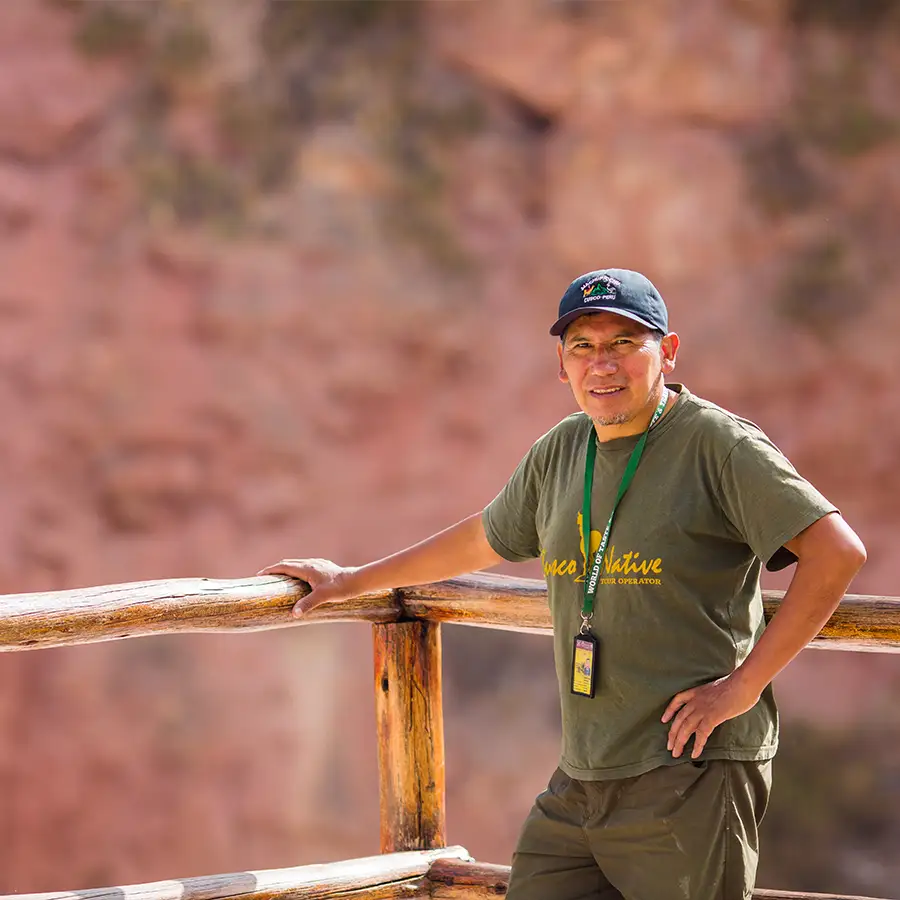
Cusco Native Tours is a sustainable and ethical tour operator founded in 2008 by Renato Auca Fuentes, a native cusqueño of Quechua origin. Our company offers unique and authentic tours and treks throughout Peru, showcasing the country’s rich history, vibrant culture, and stunning natural beauty.

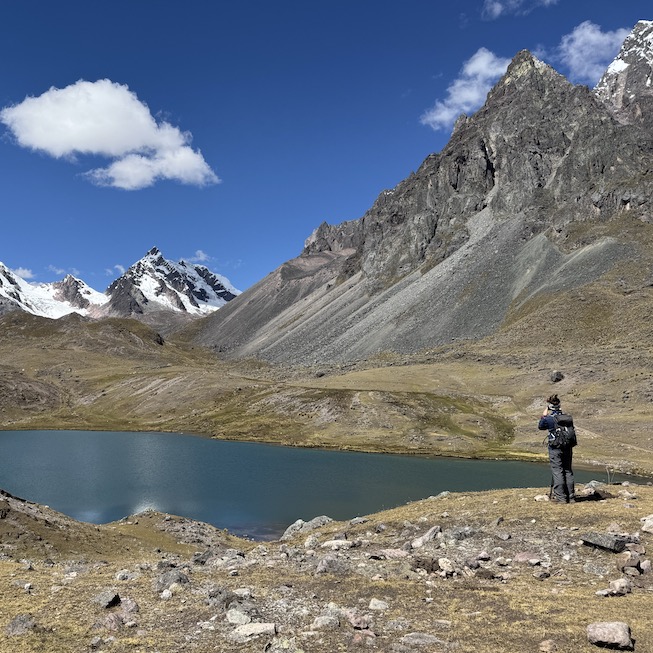





I don't think I have the words in my vocabulary to thank you enough for yesterday... it was AMAZING! I am in awe, speechless.
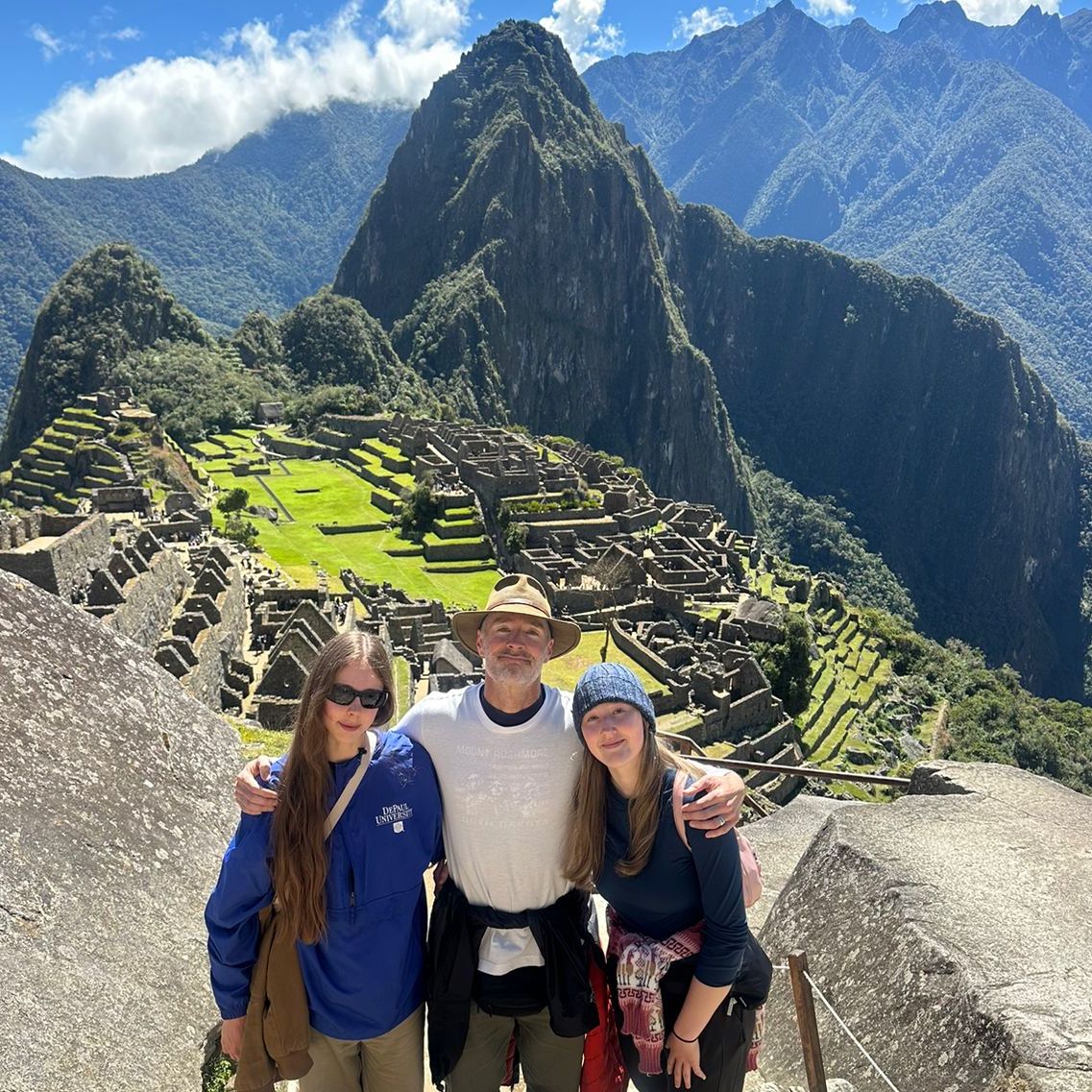





We did five Cusco Native Tours on our 9 day trip to Cusco recently and had the best vacation experience of my life! I'm so glad we went with Cusco Native.
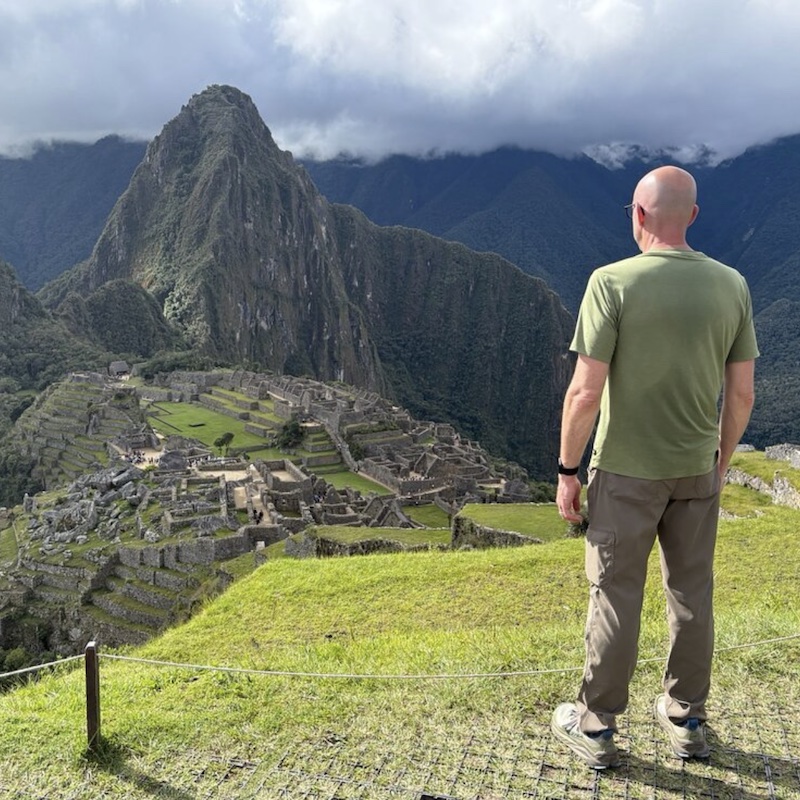





Machu Pichu has been #1 on my bucket list for over 30 years, and I am so glad I chose Cusco Native to make this dream come true.
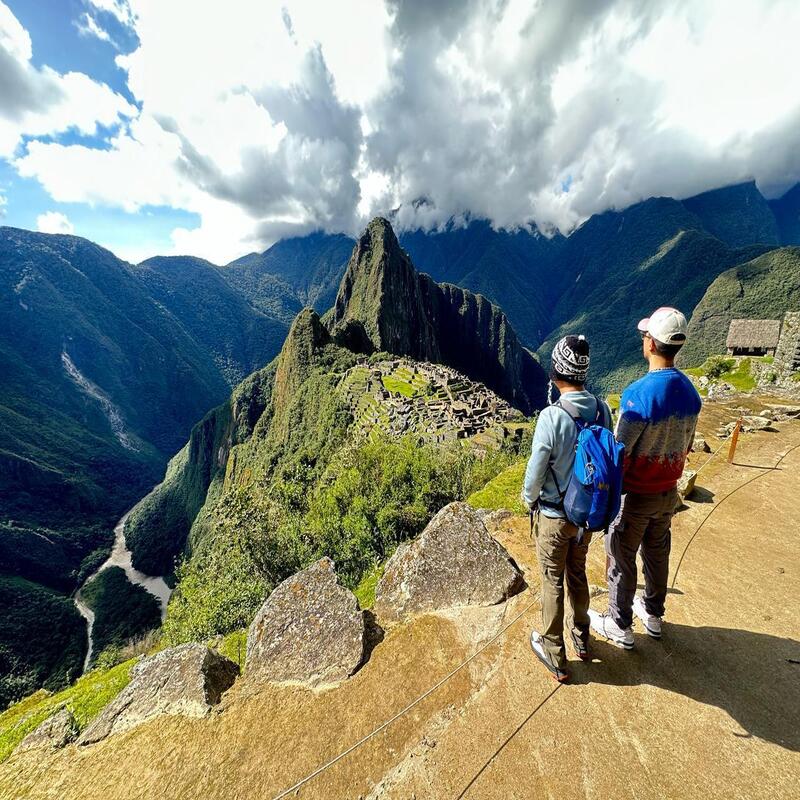





I am extremely satisfied with the experience. The communication was smooth and efficient. Rumi, our MP guide, is very knowledgeable and I highly recommend him. 5 stars!
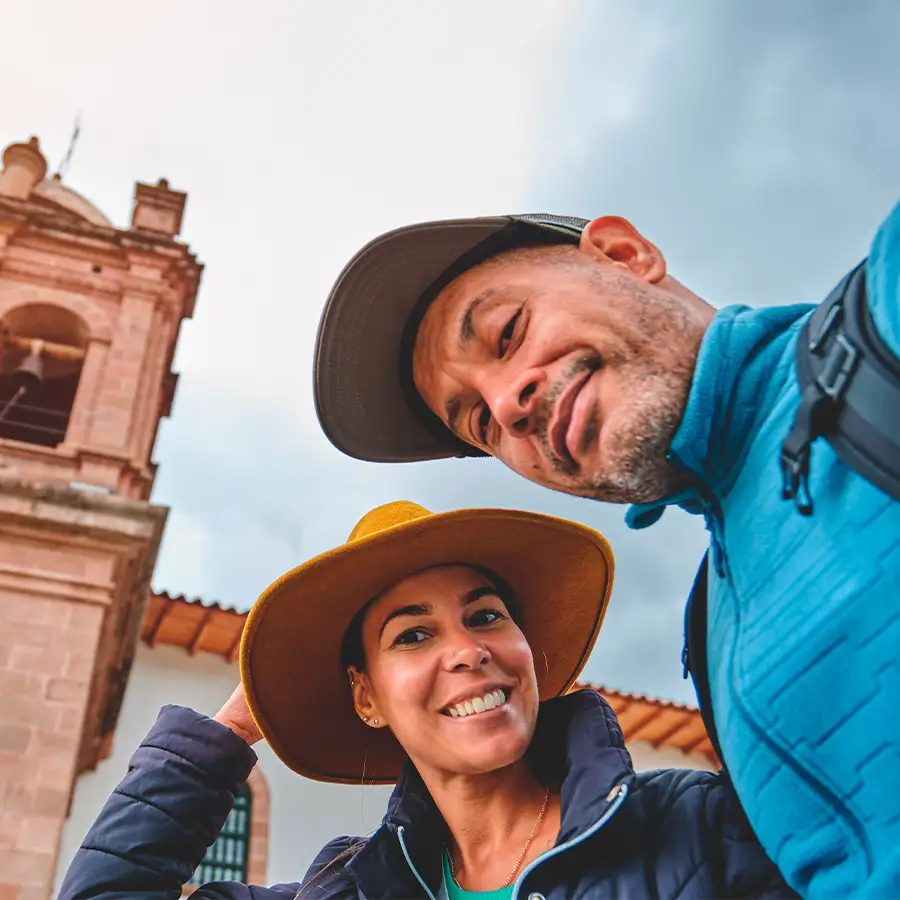
We are your local experts in Peru, specializing in tailor-made itineraries, 24/7 support, and exclusive insider access. By partnering with us, you can offer your clients unforgettable experiences that go beyond the ordinary. Let's connect and create extraordinary journeys together.

Personalized tours to Machu Picchu and other iconic destinations, handcrafted by passionate local experts.
2025 Cusco Native Tours. All rights reserved.